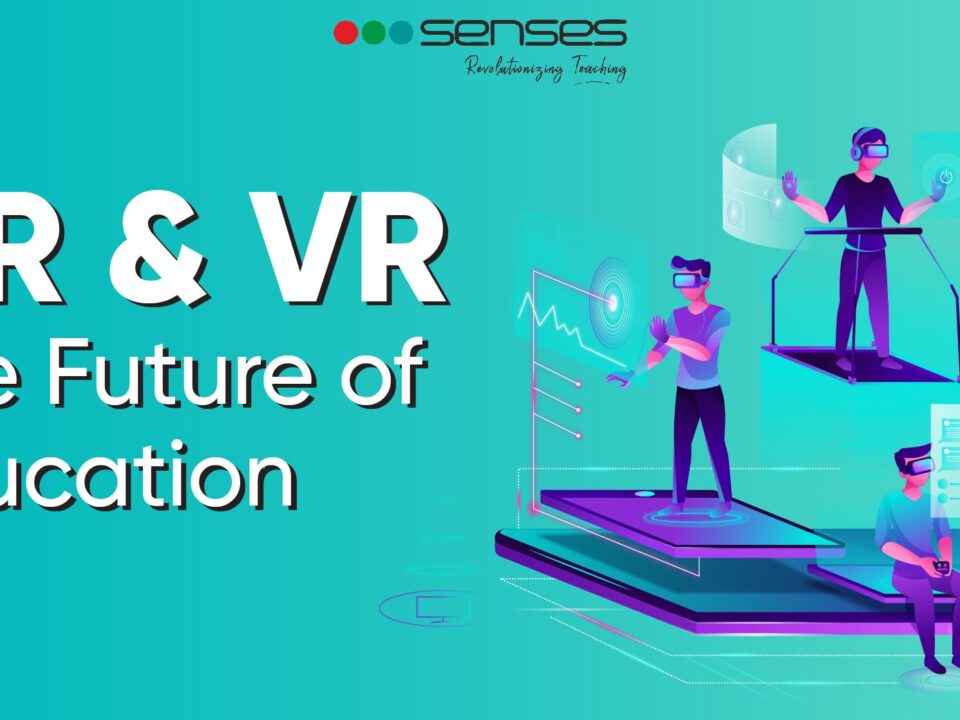Top 20 educational trends in 2020

Top 20 educational trends in 2020
Few years down the line, when someone mentions the year 2020, we all will remember this year for so many reasons, the lockdown aroused by the pandemic being on top of them. Most of the industries have faced these situations head-on. In fact, multiple innovations have come out of this crisis. So many different trends have been witnessed across the world, some meaningful and some just for fun. Like, the trend of making #dalgonacoffee had people whipping coffee and posting pictures and videos online, while #quarantineclass had people taking classes through videos and virtual networks.
The trends that are trending in 2020 are quite different from what they were in 2019. The education sector is no different. Classes have moved online, students are allowed to be on their phones to do their homework, teachers and schools are using analytics to ensure the well being of their students and many more. Let’s look into the Top 20 educational trends in 2020.
1. Distance Learning – In previous years, distance learning was considered to be one step below the normal education. But now the times have changed. Distance learning is the dark horse of the education system. With social distancing being practiced worldwide, distance learning in the top way of teaching and learning in the current scenario. It is being practiced through tools and solutions as basic as Zoom calls.
2. IoT – Internet of Things is a much-discussed topic in the education industry. Today, you can make use of the IoT to better organize the regular activities of the school. IoT offers features like sharing the results with students or parents and tracking the homework in real-time.
3. AI-based Learning – Artificial Intelligence has been a hot topic throughout this year in educational work because of its capabilities like provision of customized learning, integration into assessments, early detection of problems faced by the students or teachers, and analytical support. AI-based learning in classrooms is expected to increase by over 47% in the next three years, according to Cartwright.
4. Game induced education – Student engagement is becoming a little difficult with distance learning being practiced and students looking for interactive ways of learning. Adopting game induced education will help in keeping students engaged and making them want to learn while playing video-games.
5. Digital Libraries – Digital Library is another topic of discussion because of it being able to provide students and teachers with educational content and resources from all over the world. giving students and teachers access to digital libraries will help them have access to a pool of resource material that can be utilized for better performance.
6. Micro-Learning – Micro-Learning is a relatively new concept, but a trending one in the edtech sector. Long concepts and short-attention-span do not go hand-in-hand, therefore, it is important to break down lengthy concepts and topics into small bite-sized interactive sessions that are easy to digest, to help students learn more effectively.
7. Adaptive Learning – Different students adapt to learning environments differently. One student might believe that an apple is red, but for the other, it might be a deep crimson. To ensure that every student learns and understands whatever is being taught, adaptive learning personalizes learning concepts and pace.
8. Embedded LTE Chromebook – Chromebooks are extremely popular among students, especially in K-12. These are highly affordable laptops that come with customized learning according to the student using it. LTE embedded Chromebooks come with filtered 4-G technology compliant with CIPA and data enough to last for the entire school year.
9. Formative Assessments – The traditional assessment practices might not work in this digital era. Formative Assessments focus more on the learning than the test itself, as it analyzes social and personal competencies along with monitoring the progress of the student.
10. Classroom Management Systems – Dealing with the non-teaching tasks can prove to be draining and time-consuming for the teachers and educators. To help manage those activities and tasks, a classroom management solution is to be put in place. With the focus being on facilitating learning, classroom management systems are expected to grow even further.
11. Blockchain implementation – The blockchain technology, in general, is quite trending in today’s new age world, but, the implementation of blockchain in the education system is quite significant. Blockchain implementation in the industry would mean having a secure network for storage of student data and students and teachers having control over their created projects, ideas, papers, etc.
12. Behavioral Analytics – Analytics plays a huge role in the education industry. In 2020, its main focus area is using technology in analyzing the behavior of the students. Behavioral Analytics will help the institutions identify the problem areas and certain behavioral patterns that will help in solving those problems. With Behavioral Analytics, the mental state of a student is also being monitored.
13. Chatbots – A student might be in bed thinking about some random thing taught in class or something about the admission process and a question strikes his mind. What should he do? There are chatbots designed specifically to cater to the needs of the students. Typical queries can be solved in real-time and are accessible 24*7.
14. Educator Transformation – with the ecosystem of the whole education sector under disruptive transformation, the facilitators that the pioneers of this foundation will also have to undergo a transformation. Today, a teacher is not someone who knows a subject, but in fact a moderator of learning to learners. To make them more efficient in their ways of teaching, pieces of training are being given to them everywhere.
15. EMIS – An Education Management Information System is the heart of an academic institution. It collects, stores and manages all the data that goes through in an institution and makes it available for the students, teacher, and management whenever needed. EMIS makes an institution inspection-ready.
16. EDUMAAT Imagine Greatness – This is an automation solution for the schools and students. With all the learning and teaching happening online, admissions and graduations are also expected to make that shift. EDUMAAT automates these processes for all the stakeholders, the students, teachers, faculty as well as parents and is quite the buzz.
17. Senses Panel – This interactive panel allows educators to create a teaching strategy that is interactive and inclusive of sounds, texts, music, and photographs to expand their learning methodologies by awakening the curiosity in students because of its interactive nature. It also lets educators effortlessly transform their classrooms into online classes that can be used to deliver online interactive and collaborative learning.
18. Google Classroom – This tool by Google that allows teachers to take classes, distribute notes, make announcements, etc. is the latest trend in the education industry because of its simplicity and ease of use. It is efficient in communication and quick in the creation of tasks.
19. GradeLink – Gradelink is an integrated platform for the administrative and learning needs of students and teachers. The most talked-about feature of this platform is its on-the cloud services, as it is internet-based and provides personalized pieces of training with no extra fee.
20. Genius Hour – This concept is trending in some leader institutions and many creative ones who want to bring out the innovative side of their students and is expected to become a key element in the entire learning practice. Genius Hour is basically letting students decide their topic of interest (could be any subject or topic they like) and present an innovative project about the same. This will help them explore and discover their passion.
2020 is the year of trends. The education sector is witnessing a major paradigm shift and it is one towards the direction of betterment. Implementing certain practices and solutions in your academy will only benefit your students and teachers.



